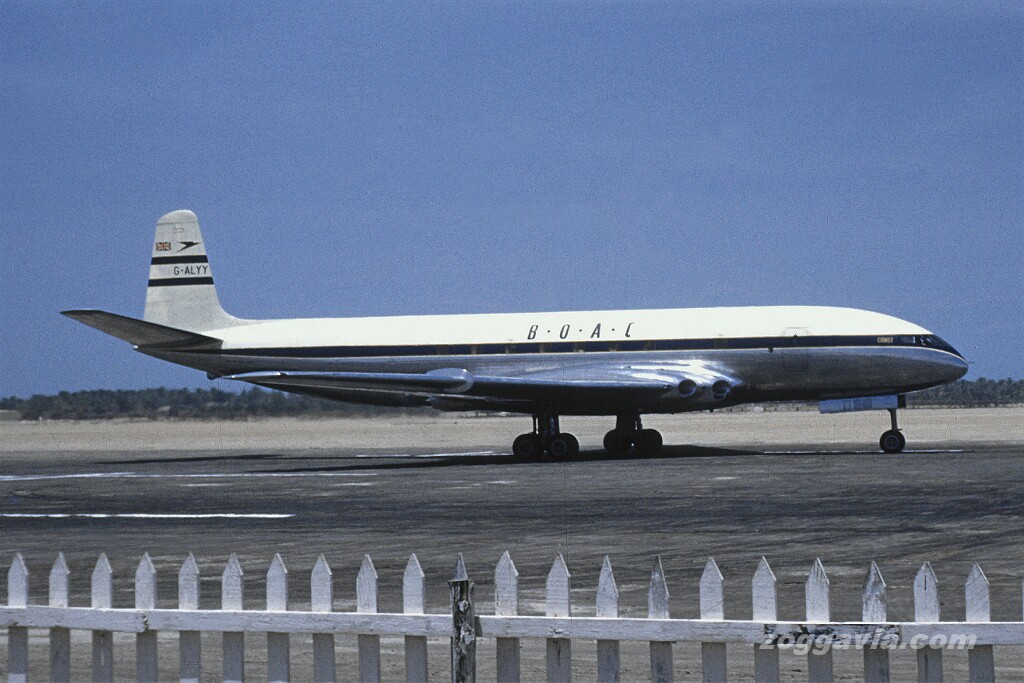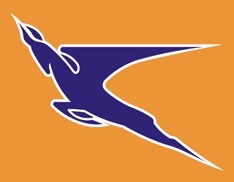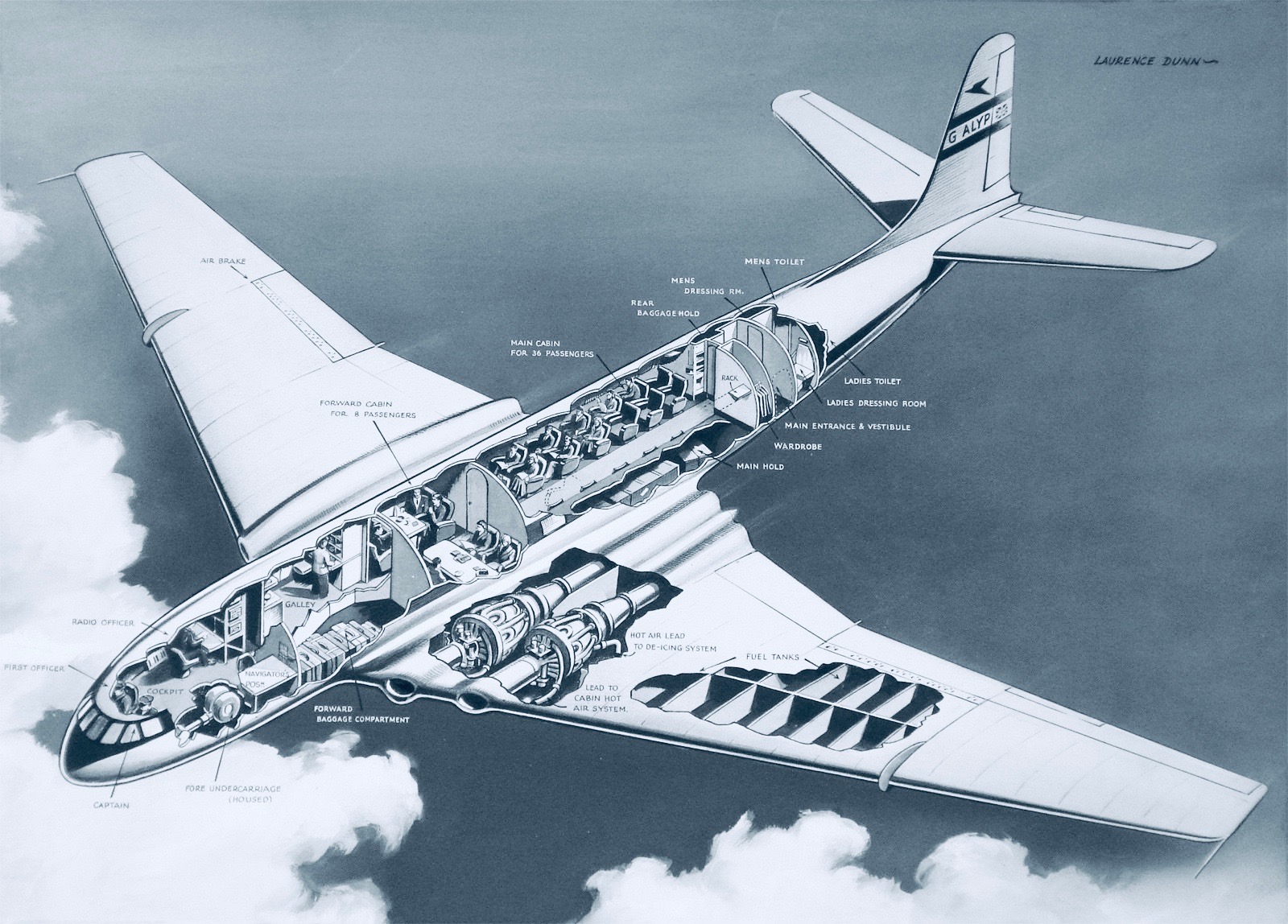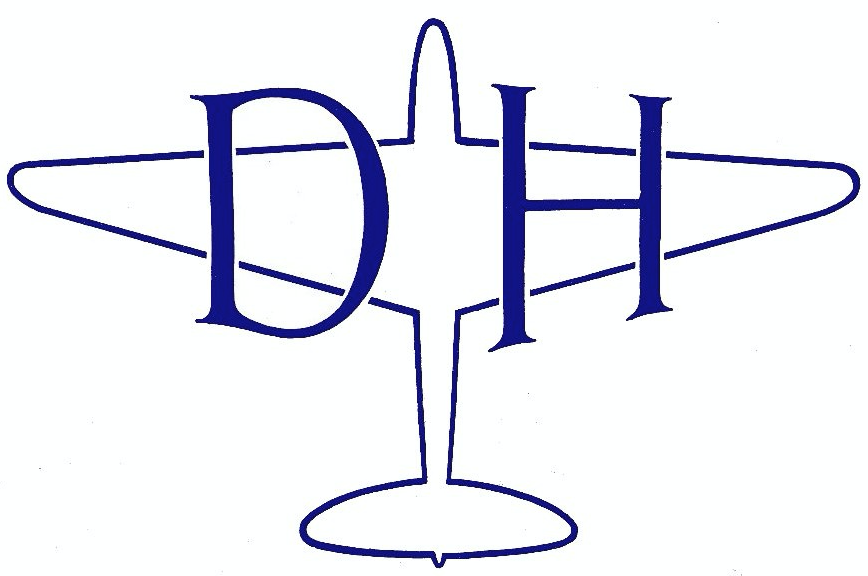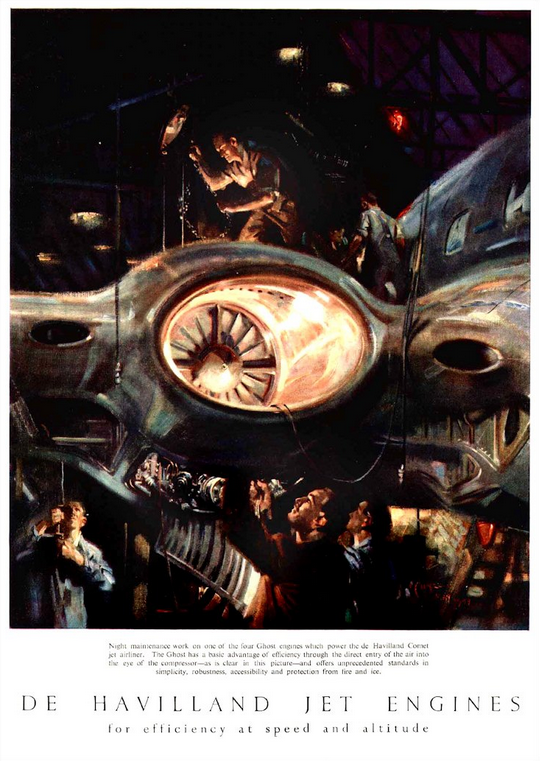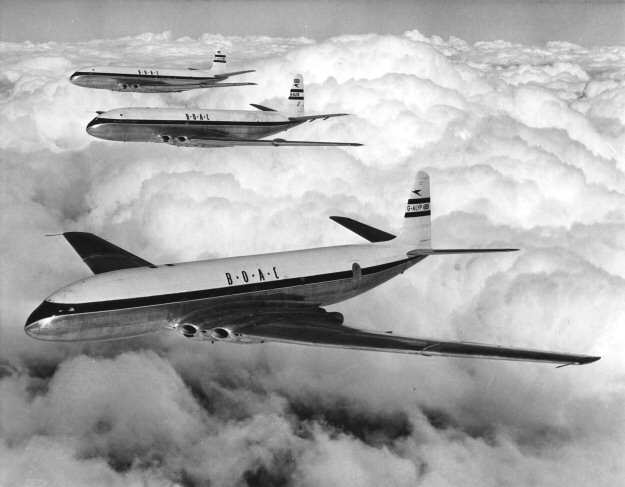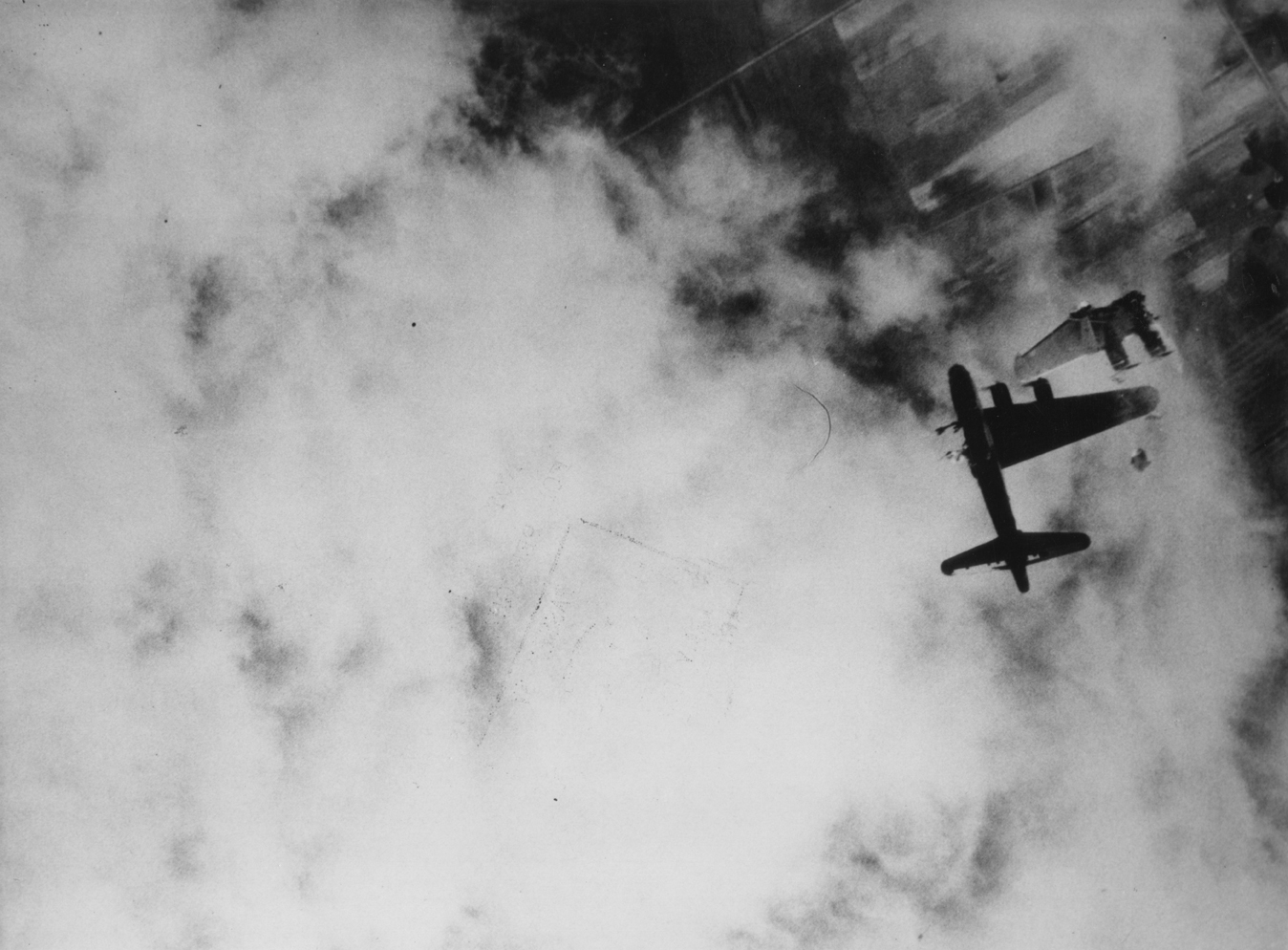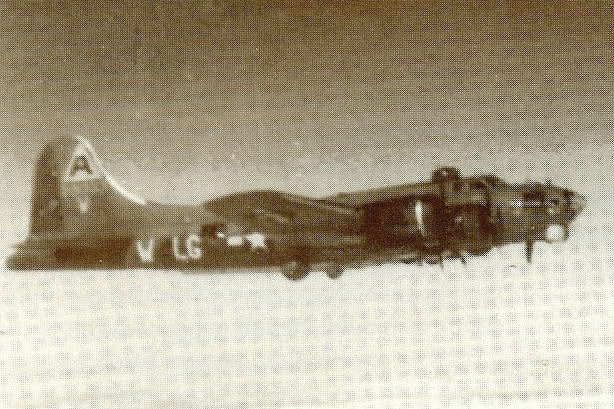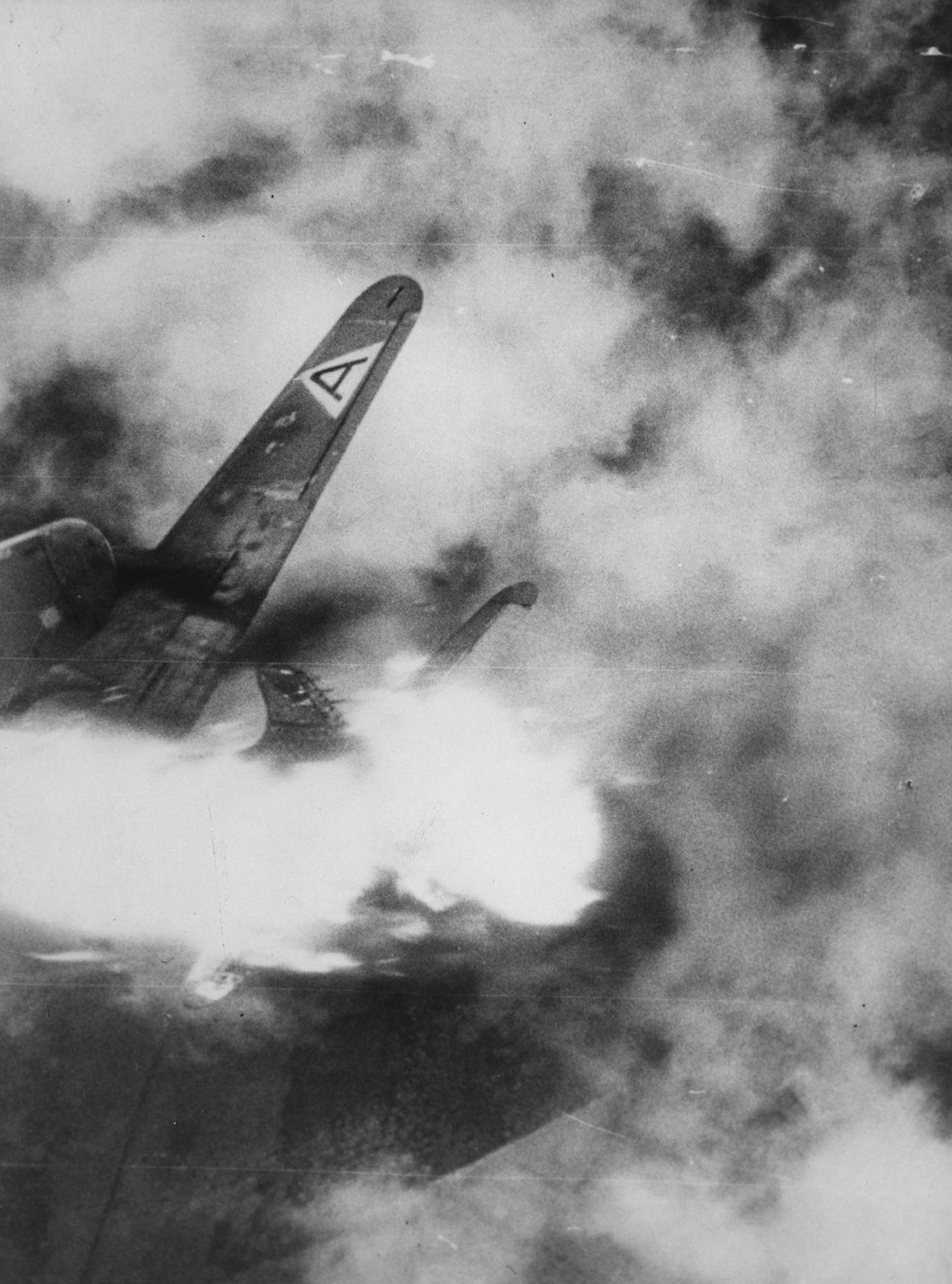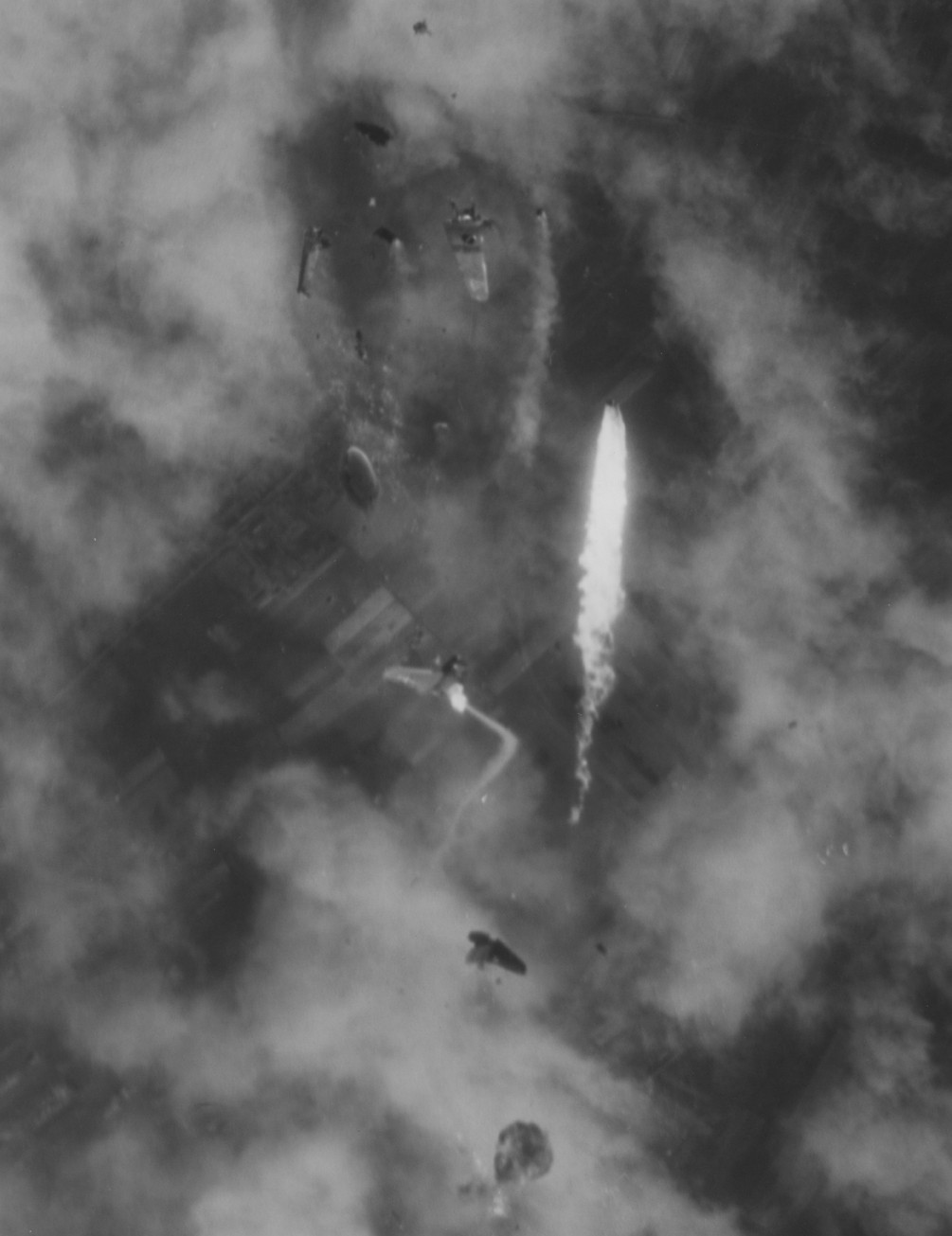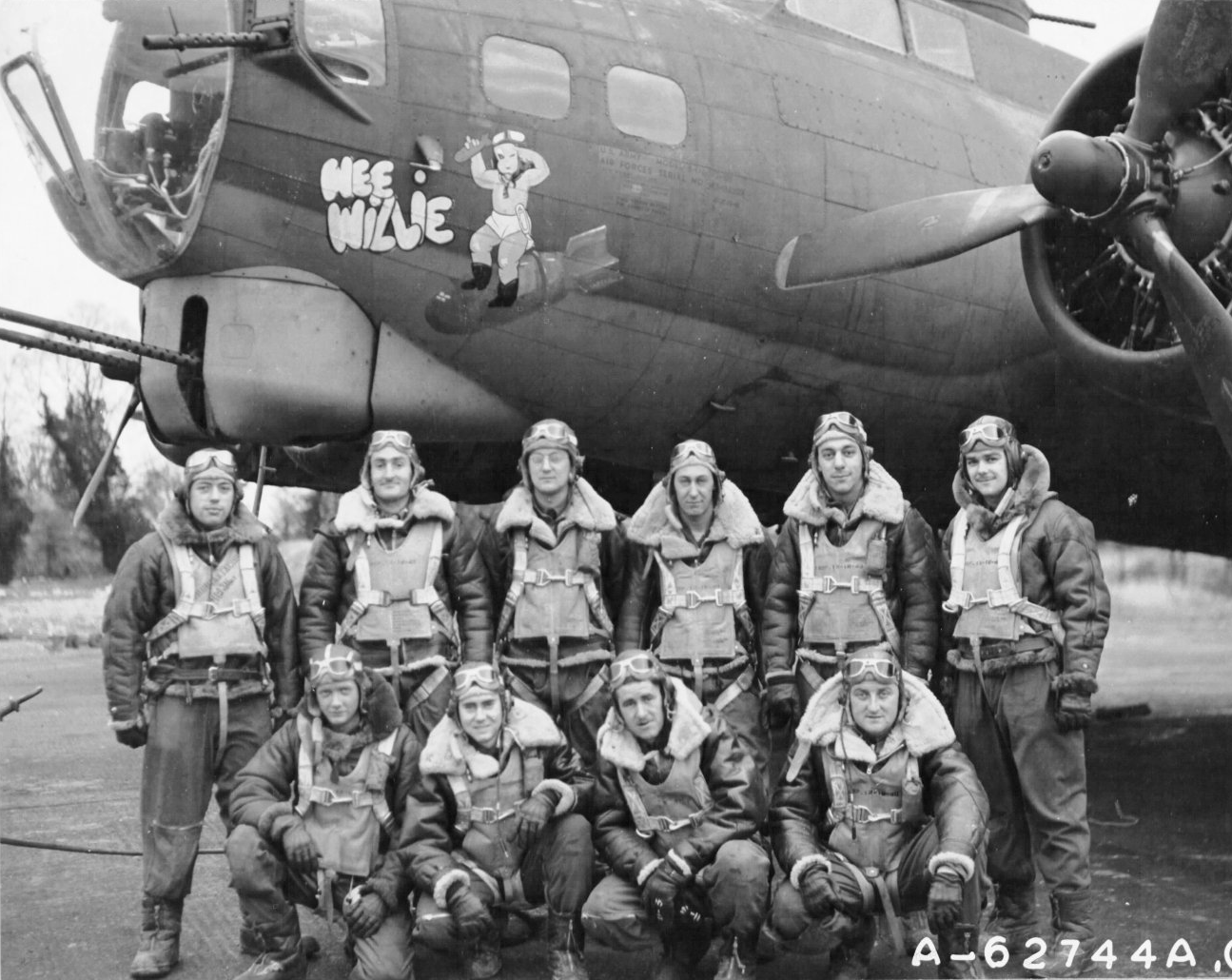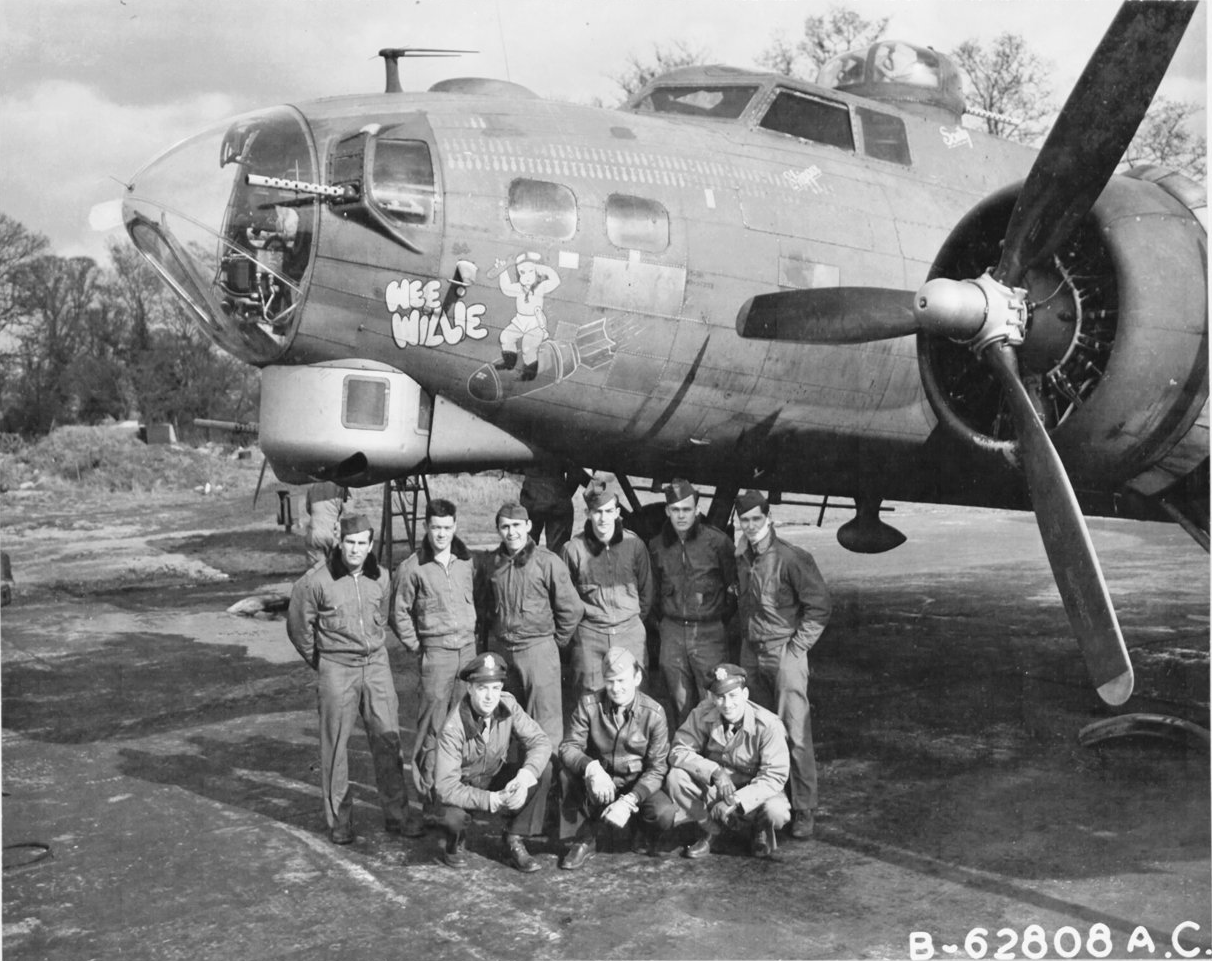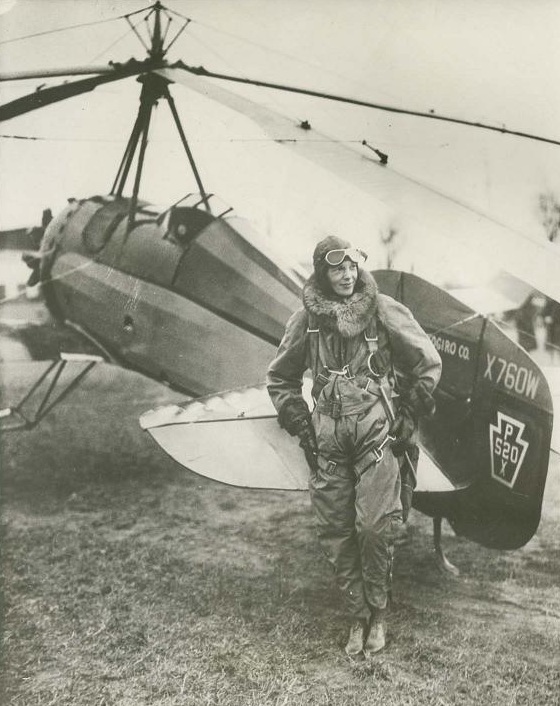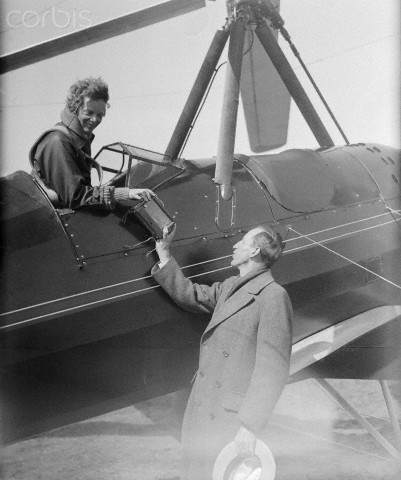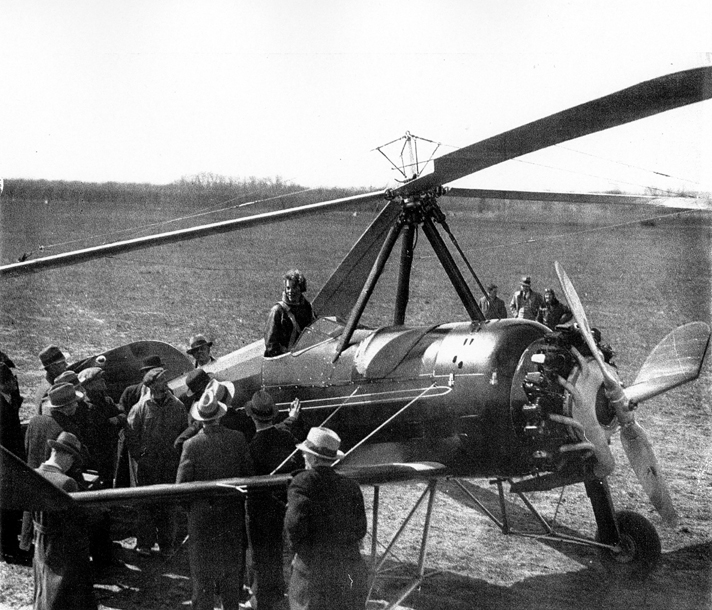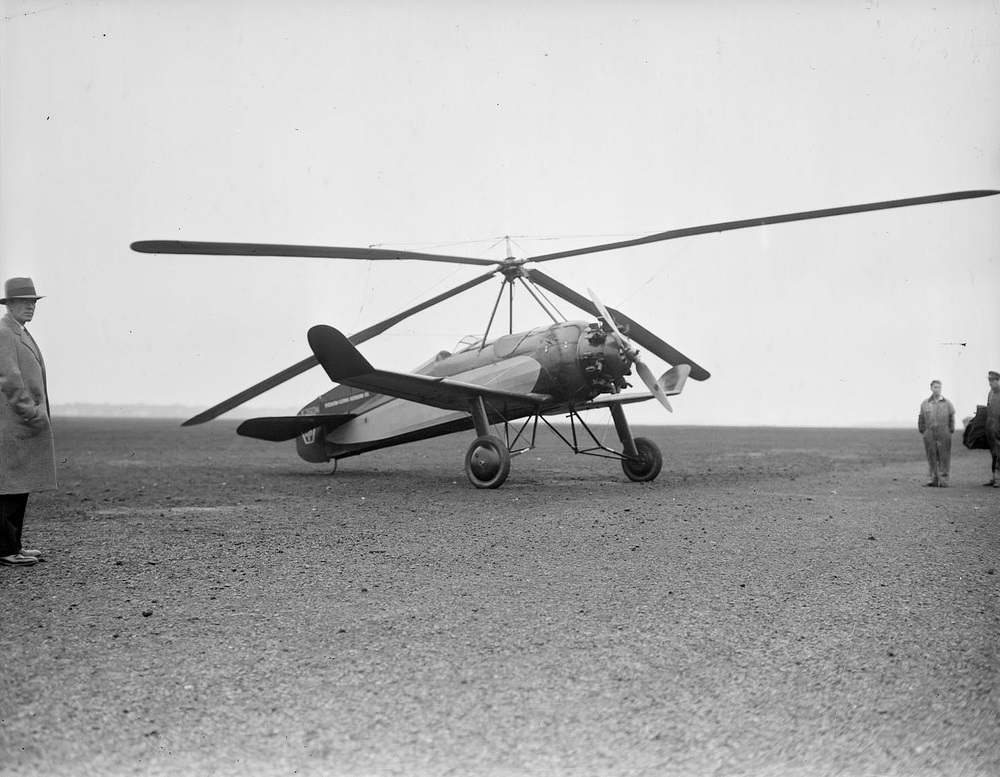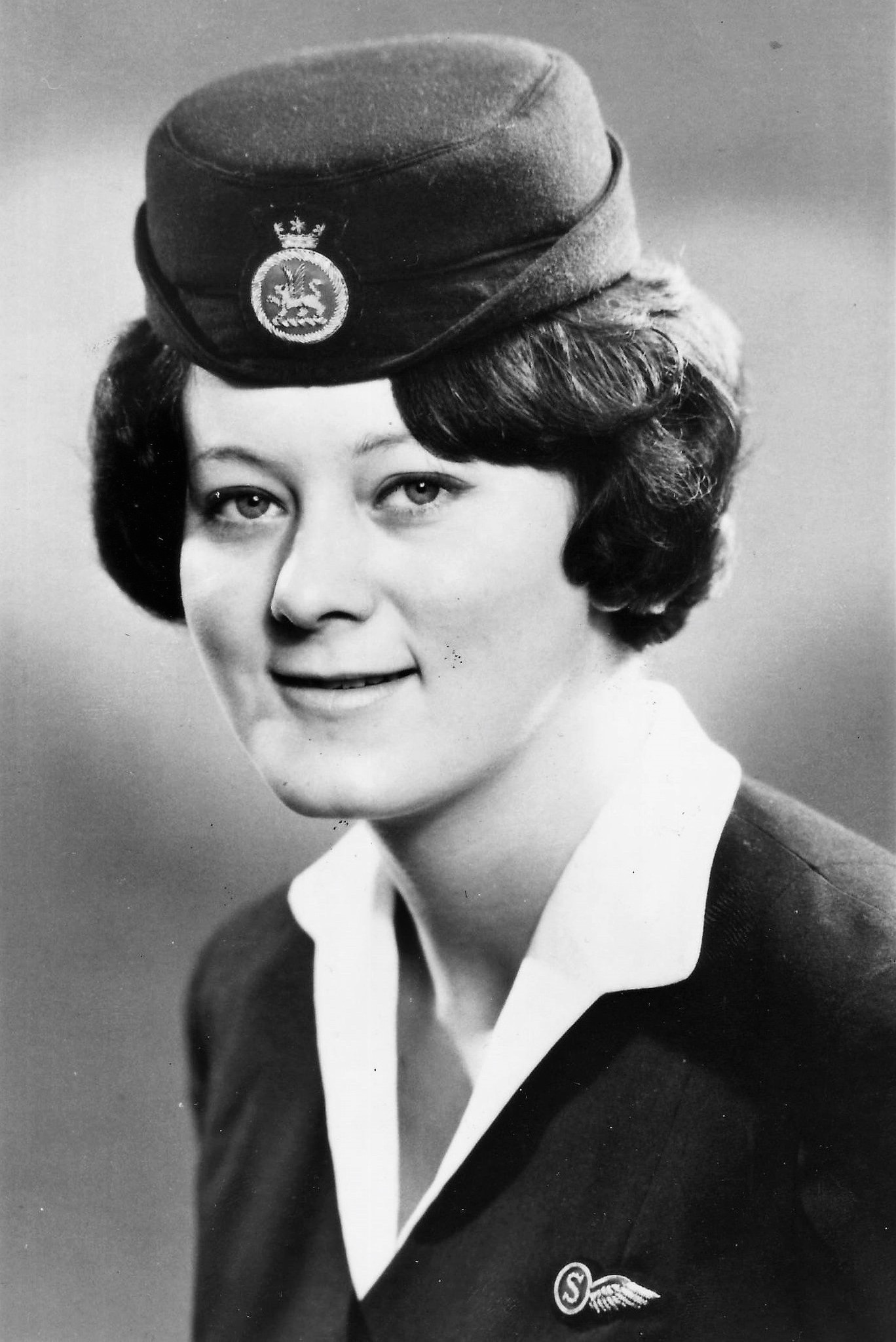
8 April 1968: British Overseas Airways Corporation Flight 712, call sign Speedbird 712, a Boeing 707-465 Intercontinental registered G-ARWE, departed London Heathrow for Sydney, Australia, with 116 passengers and 11 crew. Approximately 20 seconds after takeoff, there was a loud bang and severe shudder as the Number Two jet engine failed catastrophically. The flight crew started through emergency procedures while calling MAYDAY and turning back toward the airport. The failed engine fell off the left wing which then caught fire as fuel continued to flow. Three minutes, thirty-two seconds after takeoff, Speedbird 712 touched down on Runway 05 and rapidly came to a stop. Fuel continued to burn, and the airliner’s cabin crew began evacuating passengers.
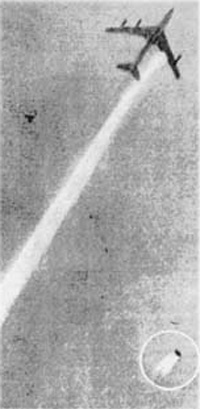
Stewardess Barbara Jane Harrison was among the crew members who helped passengers escape from the burning Boeing 707. The exit slide had not deployed correctly and Miss Harrison was encouraging passengers to jump to the runway surface, and in some cases, even pushed them out. She was seen standing in a doorway as the flames and smoke spread, and people below, including the airplane’s captain, Cliff Taylor, shouted at her to jump. Instead, she turned away and went back inside, presumably to help a disabled passenger in a wheelchair. She gave her life to help others. Later, the bodies of Miss Harrison and the disabled passenger were found together in the burned out wreck. Four other passengers also died.
For her gallantry in saving the lives of others at the cost of her own, Queen Elizabeth II awarded the George Cross, for “acts of the greatest heroism or of the most conspicuous courage in circumstances of extreme danger.”
Barbara Jane Harrison was 22 years old.
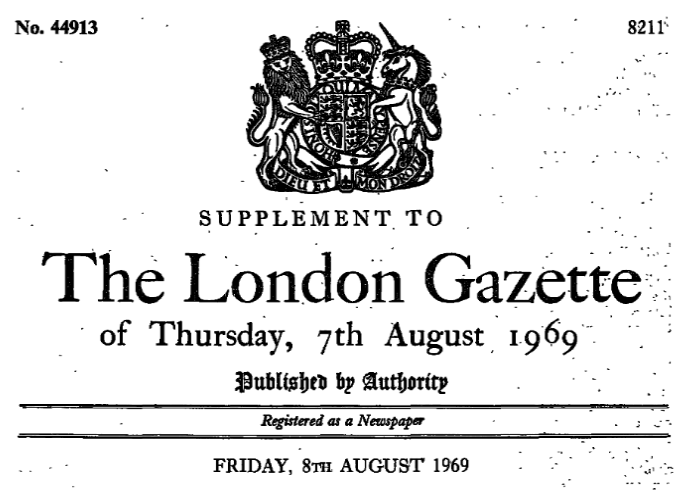 CENTRAL CHANCERY OF THE ORDERS OF KNIGHTHOOD
CENTRAL CHANCERY OF THE ORDERS OF KNIGHTHOOD
ST. JAMES’S PALACE, LONDON S.W.1
8th August 1969.
The QUEEN has been graciously pleased to make the undermentioned award.
GEORGE CROSS
Miss Barbara Jane HARRISON (deceased), Stewardess, British Overseas Airways Corporation.
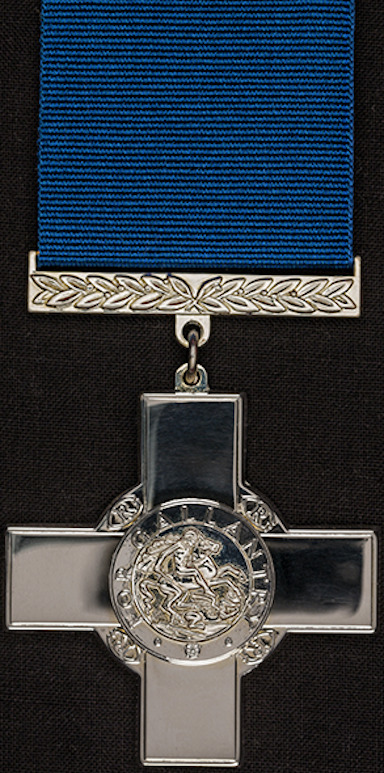 On April 8th 1968, soon after take-off from Heathrow Airport, No. 2 engine of B.O.A.C. Boeing 707 G-ARWE caught fire and subsequently fell from the aircraft, leaving a fierce fire burning at No. 2 engine position. About two and a half minutes later the aircraft made an emergency landing at the airport and the fire on the port wing intensified. Miss Harrison was one of the stewardesses in this aircraft and the duties assigned to her in an emergency were to help the steward at the aft station to open the appropriate rear door and inflate the escape chute and then to assist the passengers at the rear of the aircraft to leave in an orderly manner. When the aircraft landed Miss Harrison and the steward concerned opened the rear galley door and inflated the chute, which unfortunately became twisted on the way down so that the steward had to climb down it to straighten it before it could be used. Once out of the aircraft he was unable to return; hence Miss Harrison was left alone to the task of shepherding passengers to the rear door and helping them out of the aircraft. She encouraged some passengers to jump from the machine and pushed out others. With flames and explosions all around her and escape from the tail of the machine impossible she directed her passengers to another exit while she remained at her post. She was finally overcome while trying to save an elderly cripple who was seated in one of the last rows and whose body was found close to that of the stewardess. Miss Harrison was a very brave young lady who gave her life in her utter devotion to duty.
On April 8th 1968, soon after take-off from Heathrow Airport, No. 2 engine of B.O.A.C. Boeing 707 G-ARWE caught fire and subsequently fell from the aircraft, leaving a fierce fire burning at No. 2 engine position. About two and a half minutes later the aircraft made an emergency landing at the airport and the fire on the port wing intensified. Miss Harrison was one of the stewardesses in this aircraft and the duties assigned to her in an emergency were to help the steward at the aft station to open the appropriate rear door and inflate the escape chute and then to assist the passengers at the rear of the aircraft to leave in an orderly manner. When the aircraft landed Miss Harrison and the steward concerned opened the rear galley door and inflated the chute, which unfortunately became twisted on the way down so that the steward had to climb down it to straighten it before it could be used. Once out of the aircraft he was unable to return; hence Miss Harrison was left alone to the task of shepherding passengers to the rear door and helping them out of the aircraft. She encouraged some passengers to jump from the machine and pushed out others. With flames and explosions all around her and escape from the tail of the machine impossible she directed her passengers to another exit while she remained at her post. She was finally overcome while trying to save an elderly cripple who was seated in one of the last rows and whose body was found close to that of the stewardess. Miss Harrison was a very brave young lady who gave her life in her utter devotion to duty.
—Supplement to The London Gazette of Thursday, 7th August 1969, Friday, 8th August 1969, No. 44913, at Page 8211, Column 1.

Only four women have been awarded the George Cross: Violet Szabó, Odette Sansom, Noor Inayat Khahn, all three secret intelligence agents for England’s Special Operations Executive (S.O.E.) during World War II, and Barbara Jane Harrison.
Barbara Jane Harrison was born at Kingsdale Crescent, Bradford, Yorkshire, England, 14 May 1945. She was the second of two daughters of Alan Frederic Harrison, a police officer, and Lena Veronica Adlard Harrison. Her mother died when she was ten years old. Jane was educated at the Newby County Primary School, Scarborough High School for Girls and Doncaster High School for Girls.
Miss Harrison left the Doncaster School in May 1962 to accept employment with the Martins Bank Limited branch office at Baxter Gate, Doncaster. Later she was employed as a nanny in the United States and in Switzerland. She joined the British Overseas Airways Corporation in June 1966.
Miss Harrison’s remains were interred at Fulford Cemetery, Fulford, North Yorkshire, England. Her George Cross is on display at British Airways’ Speedbird Centre, Harmondsworth, Middlesex, England.
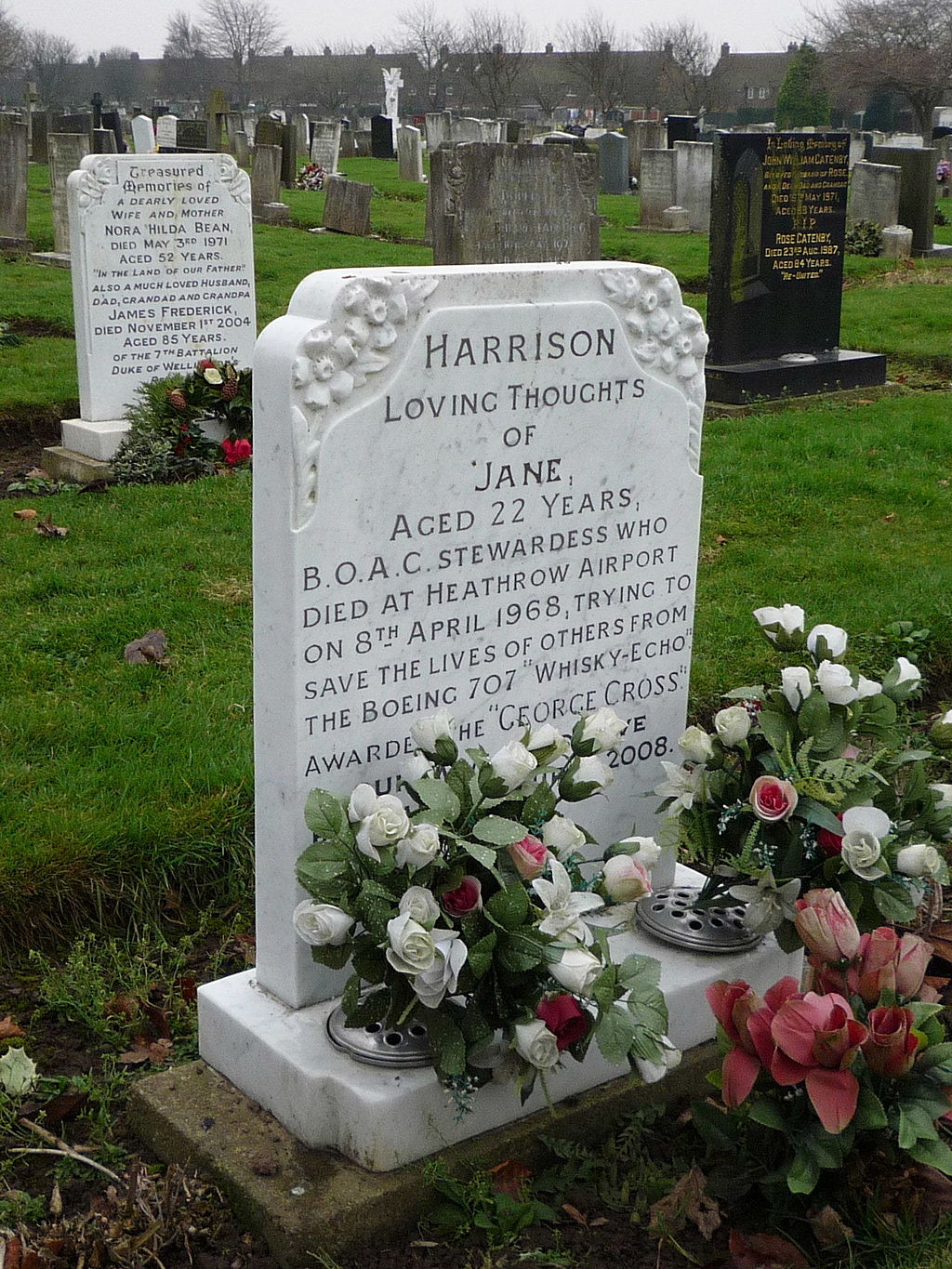
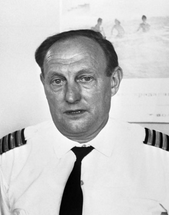
Speedbird 712 was under the command of Captain Charles Wilson Ratcliffe Taylor, with Senior First Officer Francis Brendan Kirkland as copilot, and Acting First Officer John Chester Hutchinson as the third, relief, pilot. The flight engineer was Engineer Officer Thomas Charles Hicks. Also in the cockpit was Supervisory Captain Geoffrey Sidney Moss, who was conducting a periodic flight check of the crew.
Speedbird 712’s Chief Steward, Neville Cearl Davis-Gordon, was awarded the British Empire Medal for Gallantry (Civil Division) for his role in evacuating the passengers from the burning airliner.¹
Air Traffic Control Officer III John Michael Davis, who handled Speedbird 712’s emergency, was appointed an Ordinary Member of the Most Excellent Order of the British Empire (M.B.E.) in the Queen’s Birthday Honours for 1969.²
“Whiskey Echo” (G-ARWE) was a Boeing Model 707-465 Intercontinental airliner, serial number 18373, Boeing line number 302. The 707-465 was a variant of the 707-420 series, which was itself a version of the 707-320, with the primary change being the substitution of Rolls-Royce Conway Mk.508 turbofan engines in place of the standard Pratt & Whitney JT3C-6 turbojet engines. The airliner was operated by a minimum flight crew of three, and could carry 141 passengers with mixed-class seating, or a maximum of 189 passengers.
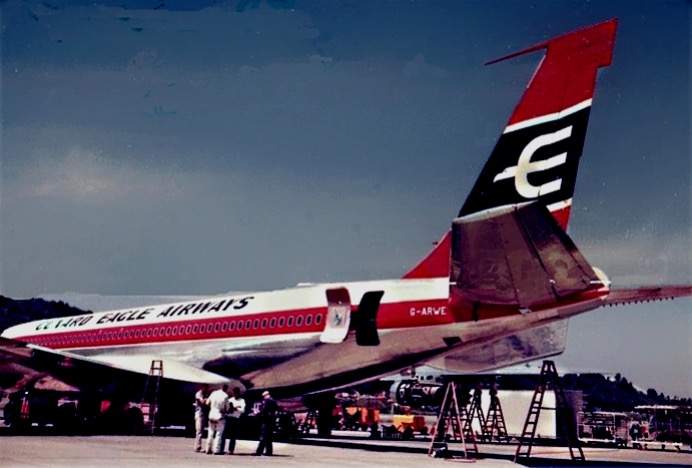
Whiskey Echo had originally been ordered by Cunard Eagle Airways and registered VR-BBZ (Bermuda). It made its first flight 27 June 1962. Cunard Eagle was taken over by BOAC as BOAC-Cunard in June 1962. Sisterships VR-BBW and VR-BBZ were reregistered in the United Kingdom as G-ARWD and G-ARWE.
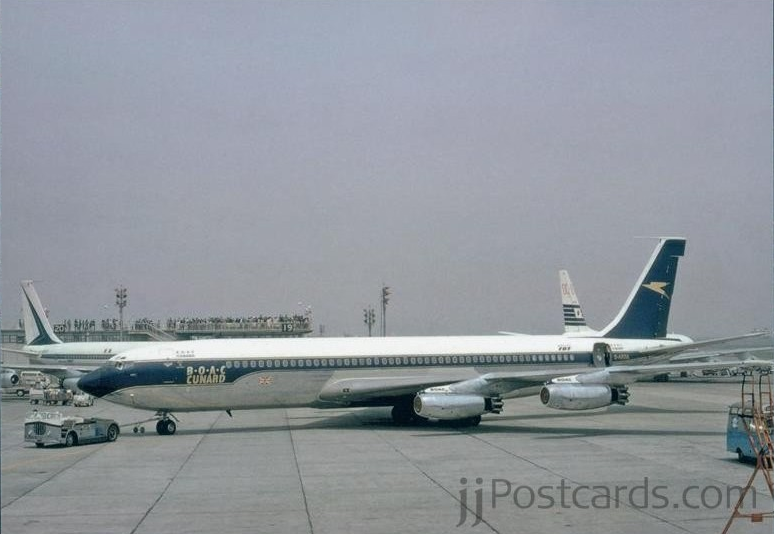
At the time of the accident, Whiskey Echo had flown 20,870 hours (TTAF).
Whiskey Echo’s Number 2 engine was built in 1961 and had 14,917 hours total time since new (TTSN). It was last overhauled in March 1965 and had been flown 4,346 hours (TSIO) at the time of the accident. The engine had a normal time between overhauls (TBO) of 5,500 hours. The engine was removed from service due to excessive vibration in May 1965. Inspection revealed a fatigue failure of the Stage 8 high-pressure compressor stage. The engine was repaired, but during test runs, was still producing vibrations and was rejected based on BOAC standards. The vibrations did not exceed Rolls-Royce limits, though, and the engine was accepted for service. It was installed on another Boeing 707 and run for 1,415 hours, when it was removed for modification of turbine seals. The engine was installed at the Number 2 position on G-ARWE on 5 April 1968, three days before the accident.
The accident investigation found that the engine had suffered a fatigue failure of the Stage 5 low-pressure compressor wheel. Fragments of the wheel rim and blades were found inside the airport perimeter at the departure end of Runway 28 Left.
The engine’s 1¾-inch-diameter (44.45 millimeters) fuel supply line was severed by flying fragments. Jet fuel was pumped out of the open line at a rate of about 50 gallons (189 liters) per minute.
About 90 seconds after the fire started, Whiskey Echo’s Number 2 engine and part of its pylon fell away from the left wing.
According to the accident investigation report,
“Having initially started an Engine Failure Drill, the Flight Engineer changed directly to the Engine Fire Drill. According to his evidence, having completed Phase 1 of the Engine Fire Drill, which is required to be done from memory, he subsequently used his own copy of the check list to complete Phase II of the drill, including operation of the fire extinguisher transfer switch and pushing the discharge button for the second shot thirty seconds after the first. When the First Officer started to read the check list the Flight Engineer told him the check was already completed. . . .”
— CIVIL AIRCRAFT ACCIDENT, Report on the Accident to Boeing 707-465 G-ARWE at Heathrow Airport, London, on 8th April 1968. ACCIDENTS INVESTIGATION BRANCH, Civil Accident Report No. EW/C/0203, Section 1.1 at Page 3
The engineer officer had failed to pull the fire fuel shut-off valve while following the emergency procedures check list. With the valve closed, the fuel in the supply line beyond the valve would have sustained the fire for only a few seconds. The airliner’s fire extinguisher bottles can only be discharged after the fire shut-off handle has been pulled.
Whiskey Echo had previously sustained an uncontained turbine blade failure. While taking off from Honolulu International Airport, Oahu, Hawaii, 21 November 1967, fragments of the turbine blades punctured a fuel tank, resulting in a fire. The takeoff was aborted, and emergency personnel at the airport put out the fire. The airplane was repaired, all four engines changed, and G-ARWE was returned to service.
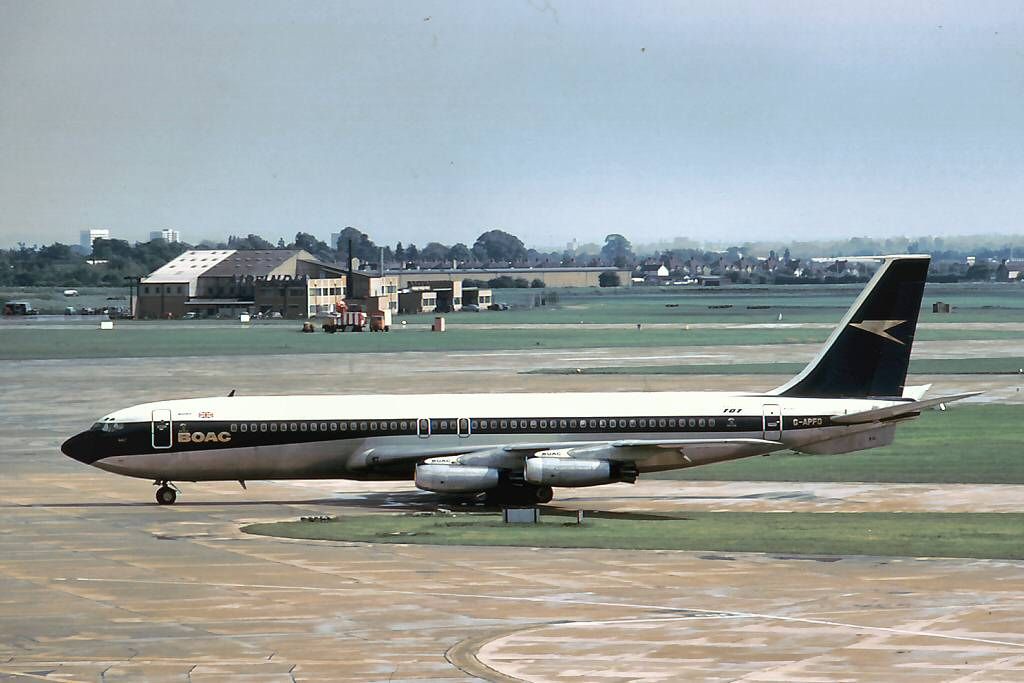
![]() The Boeing 707-420 series airliners were 152 feet, 11 inches (46.609 meters) long, with a wingspan of 142 feet, 5 inches (43.409 meters) and overall height 42 feet, 2 inches (12.852 meters) at its operating empty weight. The leading edges of the wings and tail surfaces are swept 35°. The fuselage has a maximum diameter of 12 feet, 8.0 inches (3.759 meters). The 707 International has a typical empty weight of 142,600 pounds (64,682 kilograms), and a maximum takeoff weight (MTOW) of 312,000 pounds (141,700 kilograms). The usable fuel capacity is 23,820 gallons (90,169 liters).
The Boeing 707-420 series airliners were 152 feet, 11 inches (46.609 meters) long, with a wingspan of 142 feet, 5 inches (43.409 meters) and overall height 42 feet, 2 inches (12.852 meters) at its operating empty weight. The leading edges of the wings and tail surfaces are swept 35°. The fuselage has a maximum diameter of 12 feet, 8.0 inches (3.759 meters). The 707 International has a typical empty weight of 142,600 pounds (64,682 kilograms), and a maximum takeoff weight (MTOW) of 312,000 pounds (141,700 kilograms). The usable fuel capacity is 23,820 gallons (90,169 liters).
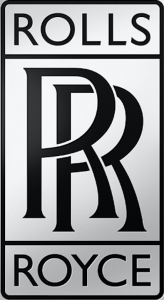 All 707-series aircraft are powered by four jet engines installed in nacelles below and forward of the wings on pylons. The -420 Internationals were powered by Rolls-Royce Conway Mk. 508 engines. The Rolls-Royce Conway (R.Co.12) is a two-spool, axial-flow, low-bypass turbofan engine. The engine has a 7-stage low- and 9-stage high-pressure compressor section, 12 interconnected combustion liners, with a single-stage high- and 2-stage low-pressure turbine. The Mk. 508 has a Maximum Continuous Power rating of 14,625 pounds of thrust (65.055 Kilonewtons), and 17,500 pounds of thrust (77.844 Kilonewtons) at 9,990 r.p.m., for Takeoff. The engine is 3 feet, 6.0 inches (1.067 meters) in diameter, 11 feet, 4.0 inches (3.454 meters) long, and weighs 4,542 pounds (2,060 kilograms).
All 707-series aircraft are powered by four jet engines installed in nacelles below and forward of the wings on pylons. The -420 Internationals were powered by Rolls-Royce Conway Mk. 508 engines. The Rolls-Royce Conway (R.Co.12) is a two-spool, axial-flow, low-bypass turbofan engine. The engine has a 7-stage low- and 9-stage high-pressure compressor section, 12 interconnected combustion liners, with a single-stage high- and 2-stage low-pressure turbine. The Mk. 508 has a Maximum Continuous Power rating of 14,625 pounds of thrust (65.055 Kilonewtons), and 17,500 pounds of thrust (77.844 Kilonewtons) at 9,990 r.p.m., for Takeoff. The engine is 3 feet, 6.0 inches (1.067 meters) in diameter, 11 feet, 4.0 inches (3.454 meters) long, and weighs 4,542 pounds (2,060 kilograms).
The -420 series had a maximum cruise speed of 593 miles per hour 954 kilometers per hour) at 30,000 feet (9,144 meters)—0.87 Mach; and economical cruise speed of 550 miles per hour (885 kilometers per hour) at 35,000 feet (10668 meters).
Boeing built 1,010 Model 707 airplanes between 1957 and 1979. Of these, 37 were the 707-420 International variant.
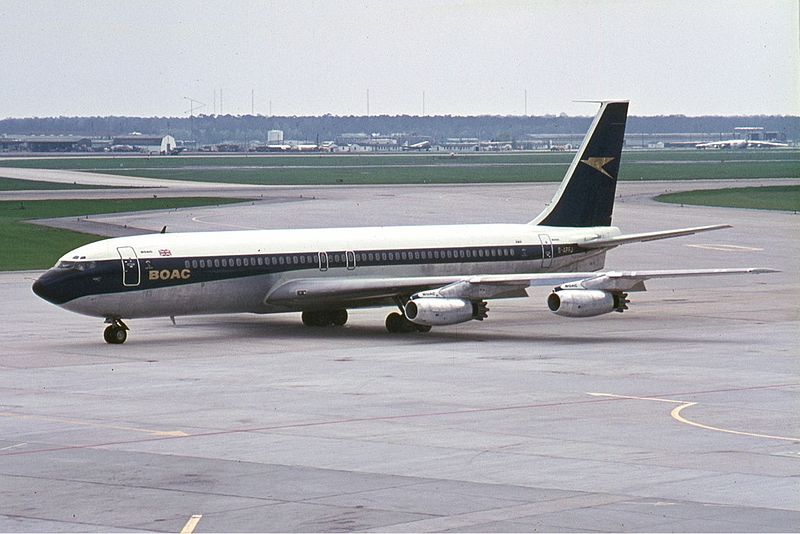
¹ Supplement to The London Gazette of Thursday, 7th August 1969. Friday, 8th August 1969, No. 44913, at Page 8212, Column 1.
² Supplement to The London Gazette of Friday, 6th June 1969. Saturday, 14th June 1969, No. 44863, at Page 5975, Column 1
© 2018, Bryan R. Swopes
